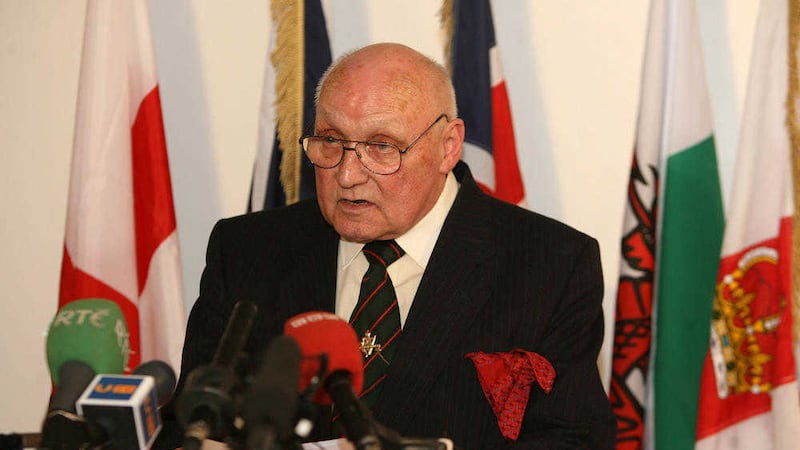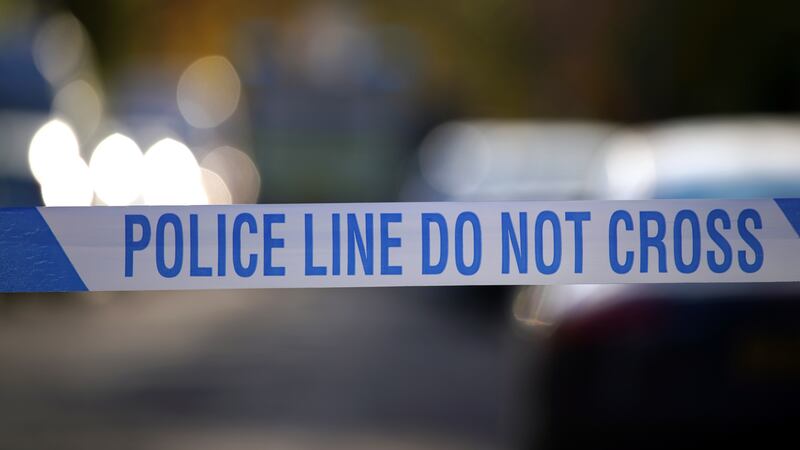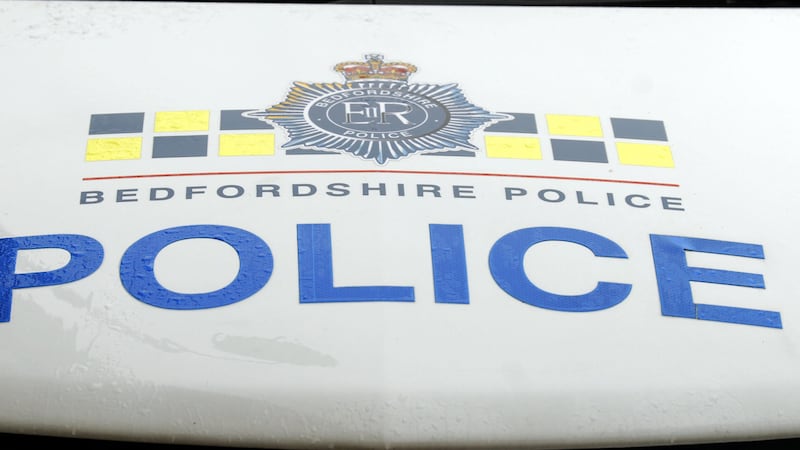TWO days after the murder of Catholic teenager Peter Ward the then Stormont Prime Minister Terence O’Neill outlawed the UVF.
The group, along with several other militant Protestant factions, emerged in the mid 1960s and claimed the name of the organisation which was originally set up to oppose Home Rule.
By the time O’Neill made the intervention, the fledgling UVF had claimed three lives over a period of several weeks in June 1966, including that of Protestant pensioner Matilda Gould.
In a dramatic move O’Neill broke off a trip to Paris and returned to Belfast in the days after the Ward murder.
“Information which has come to hand in the last few days makes it clear that the safety of law abiding citizens threatened by a very dangerous conspiracy prepared at any time to use murder as a weapon,” he said.
“This we cannot and will not happen.”
Former British soldier Gusty Spence was a leading figure in the new group which emerged at a time of unionist fears over the growing republican threat and anti-communist paranoia prompted by the cold war.
These factors also coincided with the rise of Ian Paisley’s brand of anti-Catholic politics which dominated unionism in the 1960s.
Although small, the UVF initially had pockets of support and membership outside Belfast.
It is understood Spence was initiated into the group at a house in the Pomeroy area of Co Tyrone.
Commentator Roy Garland, who has written a book about Gusty Spence, said it was well known in some unionist circles that a loyalist paramilitary group was being formed.
“Gusty said it was down the country where he was inaugurated into the UVF,” he said.
“It was relatively small then but there were some units based outside Belfast.
“He did mention another person that was with him. He was a well known unionist who went with him.
“Others I have talked to in the loyalist community, and they worked closely with Gusty, are convinced that happened.”
Mr Garland has also suggested in the past that British intelligence may also have been involved in establishing the group.
The UVF emerged at a time when many unionists were opposed to reforms being proposed by then Stormont Prime Minister Terence O’Neill.
“In those days you are talking about right wing unionists,” Mr Garland said.
“Gusty said the UVF was formed to get rid of O’Neill.
“I would say that was only part of it.”
Mr Garland believes that the emergence of Ian Paisley in the 1960s helped create the atmosphere for the UVF to be founded.
“According to Gusty he was not involved in the formation of the UVF,” he said.
“He set the scene and created the conditions.”
The UVF re-emerged as a main force in 1969 when it carried out a series of cross border attacks that were blamed on the IRA at the time.
The loyalist and Protestant firebrand Ulster Protestant Volunteers were also connected to bombing campaign.
The UVF went on to kill around 500 people during the Troubles.







